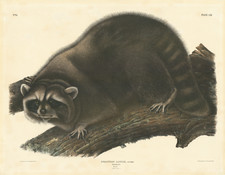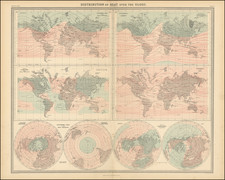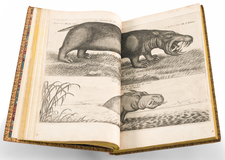The image depicts a circa 1888 drawing of a steam engine, showcasing the intricate details and mechanical components characteristic of the industrial era's engineering advancements. The steam engine, mounted on wheels for mobility, features a large horizontal cylinder, a distinctive feature for converting steam power into mechanical energy.
At one end of the cylinder, a large wheel—likely the flywheel—is visible, essential for maintaining the engine's momentum and regulating its speed. Attached to the flywheel is a connecting rod that leads back to the piston inside the cylinder, illustrating the direct translation of linear motion to rotational motion.
On the opposite side of the cylinder, there is a sizable vertical boiler, equipped with various safety valves, gauges, and pipes, essential for generating steam. The boiler's construction suggests a focus on efficiency and safety, critical concerns of the time.
This type of steam engine would have been used for a variety of applications, from powering factory machinery to driving agricultural equipment. The drawing reflects both the technical complexity and the aesthetic considerations of late 19th-century mechanical engineering, with its careful attention to detail and proportional accuracy. The color palette used in the drawing, with soft pastel tones, adds to the historical feel and helps distinguish different materials and components.














